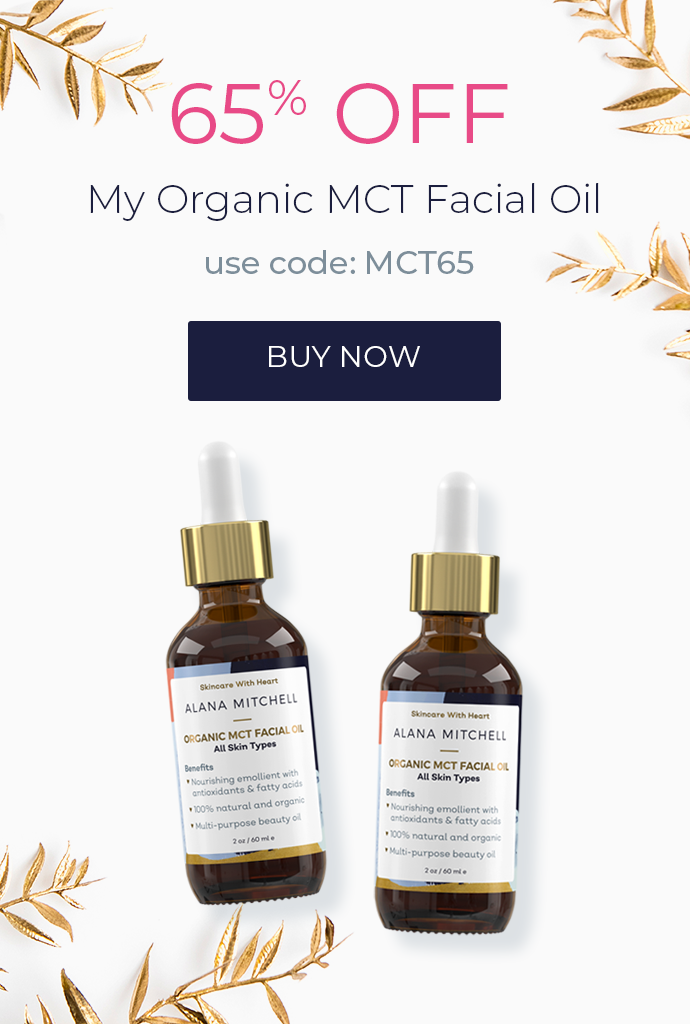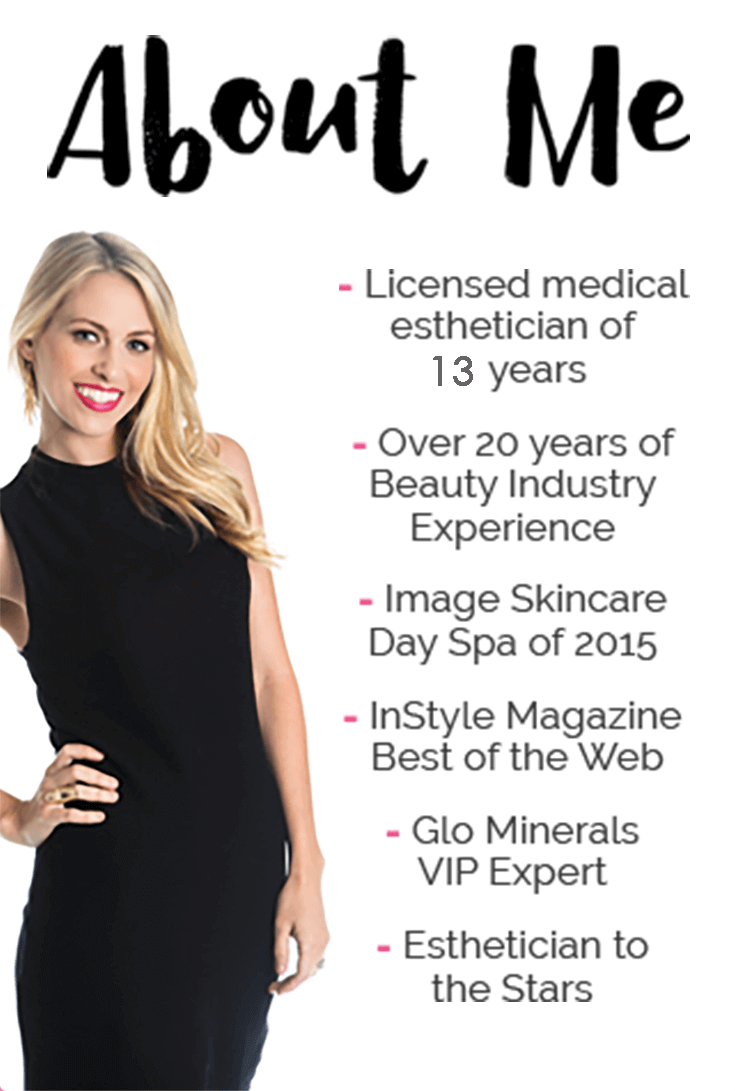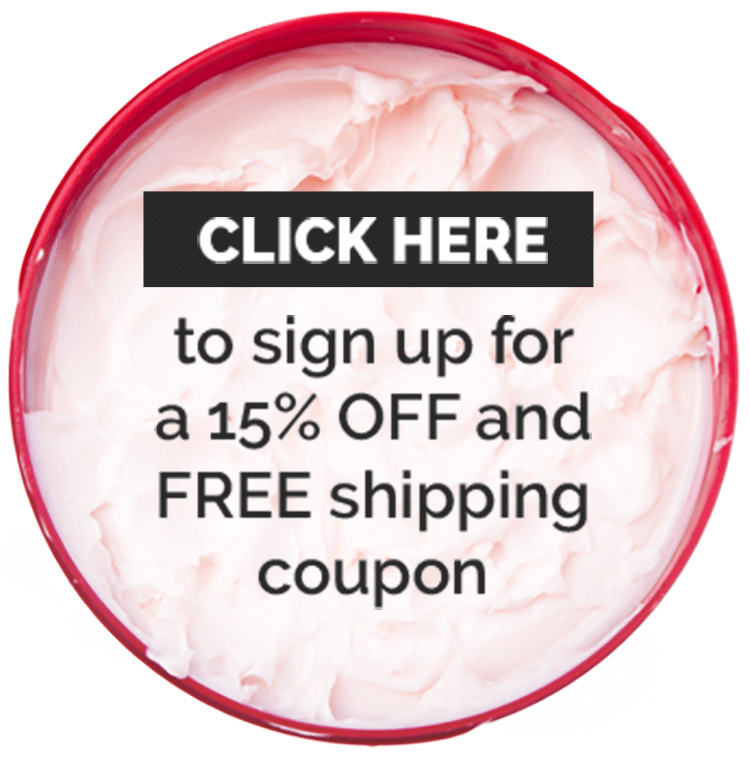What Should You Be Using In Your Skin Care Routine?
Take my quiz and get personalized recommendations from a
licensed esthetician!
Everything You Need To Know About Benzene In Sunscreen

In recent years, sunscreen has stolen the spotlight as the absolute most important item in your skincare arsenal.
Sun exposure is the number one cause of skin aging and damage, and we know that sunscreen is no longer just for the beach.
Despite its growing popularity and a number of new SPF-infused products popping up in the market, there’s a lot of debate about what ingredients are the best for your skin and the planet.
Recently, a new study was published that shared that trace amounts of benzene, a carcinogen, have been found in a number of popular sunscreen products.
Here’s what you need to know about the study, the ingredients, and what products you should use to protect your skin without compromising your health.
The Study
In May of 2021, right before the start of the summer season, the pharmacy and lab Valisure announced that its testing found benzene, a known carcinogen, in 78 popular sunscreen and after-sun products.
This made waves in the headlines as yet another scandal for sunscreen.
However, this does not necessarily mean that sunscreen itself is harmful.
Here’s the scoop!

Benzene is classified by the Food and Drug Administration as a “Class 1 solvent” that “should not be employed in the manufacture of drug substances, excipients, and drug products because of their unacceptable toxicity.
However, if their use is unavoidable in order to produce a drug product with a significant therapeutic advance, then their levels should be restricted”.
Additionally, it is known to cause cancer in humans according to the U.S. Centers for Disease Control and Prevention, the U.S. Department of Health and Human Services, the World Health Organization, and other regulatory agencies.
Benzene exposure can be through inhalation, skin contact, ingestion, and eye contact.
Typically, benzene is restricted to 2 parts per million (ppm) in any given product, but Valisure has detected quantities as much as three times the limit in their samples.
Because sunscreen is now viewed as a product safe and often recommended for daily use, Valisure’s study has resulted in Johnson and Johnson making an active recall of the contaminated batches.
The recall is specifically for the following products:
- Neutrogena Beach Defense aerosol sunscreen
- Neutrogena Cool Dry Sport aerosol sunscreen
- Neutrogena Invisible Daily defense aerosol sunscreen
- Neutrogena Ultra Sheer aerosol sunscreen
- Aveeno Protect + Refresh aerosol sunscreen.
The recall affects all can sizes and SPF levels.
If you are worried that you bought a contaminated product, Johnson and Johnson compiled an exhaustive list of all the contaminated products’ names, lot numbers, and expiration dates here.
The Story: How it Got There
Despite its prevalence in so many sun protection products, benzene is not an ingredient used in sunscreen.
Though the companies found to have benzene in their products are still investigating how they become contaminated, it’s clear that it was done at some step in the manufacturing process.
It’s possible that benzene is an unintended byproduct as a result of the production process, but further investigation is needed to determine what ingredients or processes could be the cause.
Though benzene is a known carcinogen and the contaminated products are rightfully being recalled, exposure to benzene is not rare.
Martyn Smith, a professor of toxicology and the Kenneth Howard and Marjorie Witherspoon Kaiser Endowed Chair in Cancer Epidemiology at University of California at Berkeley explained to the Washington Post, "It's the building block for many chemicals in our world, including many drugs like aspirin and other things.
It's also found in all fossil fuels, and anytime you burn anything — from a wood-burning fire to a candle — you are exposed to benzene."
The Food and Drug Administration regulates the manufacturing of sunscreen products.
Since Valisure’s test found benzene by chance, his scandal may cause the FDA to tighten regulations and require more tests be done before they can be sold.
Since sunscreen is recommended for daily use on babies older than 6 months all the way through adulthood, the products were recalled out of an abundance of caution.
Still, ultraviolet radiation from sun exposure is a well-established and powerful carcinogen that still warrants daily sun protection.
In fact, 1 in 5 Americans will develop skin cancer by the age of 70 according to the Skin Cancer Foundation.
The “benzene scare” highlights the need for further regulation and accountability in the manufacturing process, not that sunscreen should be avoided.
The good that daily SPF brings to your skin far outweighs this scandal!

Sunscreen and the Environment
If you feel like sunscreens have been making headlines for all the wrong reasons lately, you’d be right.
After we wash our faces, take a dip in the pool, or go for a swim in the ocean, the sunscreen on our bodies starts to make its way into waterways.
Consumer Reports shared that up to 6,000 tons of sunscreen are estimated to wash into coral reefs around the globe each year.
Recently, the compounds in chemical sunscreens were found to be damaging to the health of coral reefs.
Ingredients like Oxybenzone, Benzophenone-1, Benzophenone-8, OD-PABA, 4-Methylbenzylidene camphor, 3-Benzylidene camphor, nano-Titanium dioxide, nano-Zinc oxide, Octinoxate, and Octocrylene are all seen as potentially harmful to marine life.
Research is currently being conducted to measure the true impact of these chemicals and the study should be completed in 2021.
In fact, some coastal areas have banned certain chemical sunscreen ingredients altogether.
In January of 2021, Hawaii was the first state to ban sunscreens containing oxybenzone and octinoxate.
Key West, Palau, Aruba, Bonaire, the U.S. Virgin Islands, and certain parts of Mexico have also done the same.
Although it’s not illegal to bring chemical sunscreens to these areas, they are no longer being sold locally.
Mineral based sunscreens are seen as a safer alternative to these environmentally harmful chemical sunscreens, but they can be a bit harder to shop for.
Many products label themselves as “reef-safe” meaning that they do not contain two of the most harmful chemicals found in sunscreen.
This, however, does not necessarily mean they’re environmentally friendly.
Unfortunately there is no surefire way to tell if a sunscreen is truly “reef safe”.
To find a truly reef-safe sunscreen, make sure it does not contain oxybenzone or octinoxate.
Additionally, cream formulas are easier to apply and less harmful to the environment than aerosols.
For a fool-proof summer sun defense, be sure to wear protective clothing and apply and reapply an eco-friendly mineral sunscreen containing some of the ingredients listed below.
Safe Sunscreen Ingredients
Benzene contaminations aside, sunscreen is still safe and recommended for daily use.
The key to a truly effective sunscreen is applying every 2 hours, or possibly more if you are swimming.
There are plenty of safe and effective mineral formulas available to protect your face and body from sun damage and the common signs of aging.
Before we begin, here’s a bit of background information on these natural sun barriers.
The term “non-nanotized” refers to the mineral’s particle size, meaning they are larger than 100 nanometers.
This is important not only for our skin, but for marine life as well.
Particles larger than 30 nanometers cannot be absorbed by the skin.
Non-nano sunscreens rest on the skin’s surface rather than seeping into pores or follicle openings and eventually into the bloodstream.
Don’t worry, this doesn’t mean that it will leave thick, pasty streaks on your skin; today’s formulas blend seamlessly against your skin!
Even though these particles don’t “sink” into the skin, when we go for a dip in the water, these larger particles are more likely to sink and become a part of the ocean’s sediment rather than dissolving and harming marine life.
There is no way to tell from an item's packaging if the product is truly non-nanotized.
However, if you do see this term listed in the item’s description or on the ingredients list, it’s a good sign!
Non-nanotized Zinc Oxide:
Zinc oxide is a common ingredient in mineral sunscreens.
Zinc also has great anti-inflammatory properties to keep the skin firm and flawless!
As opposed to chemical sunscreens which are absorbed by the skin, zinc oxide sits on top of the skin and protects you by scattering, absorbing, and deflecting the sun’s rays.
It’s considered a broad spectrum sunscreen because it can protect you from UVA, UVB, and even UVC rays.
Non-nanotized Titanium Dioxide:
Titanium dioxide is another common ingredient used in mineral sunscreen.
While it protects from UVB rays well, it does not protect from UVA as well as zinc oxide does.
However, titanium dioxide is gentler on the skin and a common choice for those with sensitive skin.
Just like it is described above, non-nanotized titanium dioxide sunscreens help to ensure that the ocean and your body is safer.
SPF: More isn’t always more!
After a gnarly sunburn, we want SPF for days!
No more 30 SPF, we want all we can get!
Surprisingly, however, more isn’t always more when it comes to SPF.
SPF, or sun protection factor, is a measure of how much solar energy (UV radiation) is required to produce sunburn on protected skin vs. unprotected skin.
Typically, a product’s SPF can be measured by simply applying sunscreen to a volunteer’s skin and measuring how long it takes before sunburn occurs compared to an area of the skin without sunscreen.
While it’s true that as SPF increases, protection from sunburn increases as well, but it’s not linear; SPF 60 doesn’t provide double the amount of protection as SPF 30.
SPF also is not a measure of time; SPF 30 does not provide 30 minutes or 30 hours of sun protection.
Sun intensity, skin type, amount of sunscreen applied, and reapplication frequency all influence how much sun protection is needed for each individual.
Instead, each level of SPF blocks a certain percentage of UVB rays:
- SPF 15 blocks 93% of UVB rays
- SPF 30 blocks 97% of UVB rays
- SPF 50 blocks 98% of UVB rays
- SPF 100 blocks 99% of UVB rays
While the jump from SPF 15 to SPF 30 is significant, after hitting this marker there is not a significant difference the higher the SPF you have.
These high SPF products may be helpful for parents or people who don’t want to reapply as often, but in general, a minimum of SPF 30 will do for beach trips and daily use.

Our Favorite Sunscreen Products: Face and Body
Sunscreen today is not what it used to be!
Gone are the days of cartoonish white streaks over the nose and the greasy residue that attracts every grain of sand on the beach.
Many products have added SPF to their formulations as an added anti-aging benefit.
At Skincare by Alana, we are always on the lookout for effective multipurpose products that protect the skin and restore its natural beauty.
That’s why we’re proud to carry the following sunscreens and SPF-infused products that will protect your skin all year long.
Alana Mitchell Daily Matte Physical Defense SPF 47:
Formulated with 10% zinc oxide and 5.5% titanium dioxide, this powerful sunscreen deflects UV rays that can cause signs of premature aging and cellular damage. It is also rich in antioxidants to combat free radicals and keep your skin looking young! Best of all, it provides a sheer matte finish to help protect your skin without a white cast.
Coola Classic Face Sunscreen SPF 50 White Tea:
This sunscreen is perfect to apply before a beach day or long day at the farmers market! This high performance sunscreen provides 80 minutes of water resistance and is crafted with 70%+ certified organic ingredients. It is formulated with Organic Evening Primrose, Linseed Oils, and Safflower Oleosomes to protect the skin’s natural barrier and promote deep hydration.
Suntegrity "5 In 1" Natural Moisturizing Face Sunscreen Spf 30:
This is an all in one Tinted Sunscreen BB cream that treats, hydrates, protects, primes and covers the skin. In addition to using non-nano sunscreen zinc-oxide, it combines hyaluronic acid, astaxanthin, red algae, aloe vera, jojoba, sunflower, pomegranate, cucumber, and green tea to help provide additional sun protection and hydration. It comes in four different shades to give your skin an effortlessly dewy and even tone while protecting its longevity!
ClearChoice Sport Shield:
A combination of sun block and moisturizer, this product is formulated for daily use for face, hands, chest and arms. Dual application protects against environmental damage and defends against signs of aging. This lightweight spf will provide all day coverage and is ideal for all skin types.
Epicuren Active Sport Treat SPF 30 Sunscreen:
Epicuren’s lightweight formula provides thirty times your skin's natural protection against harmful UVA and UB rays while maintaining water resistant protection for up to 80 minutes.It uses gentle, vegan ingredients like zinc oxide, kukui nut oil, vitamin E and green tea extract to provide powerful sun care that won't cause skin irritation. Apply it to the face, neck, and shoulders for seamless coverage and protection from the sun!
Alana Mitchell Tinted Physical Defense SPF 44:
This Tinted Physical Defense SPF 44 is a great option for even the most sensitive skin types, including post-procedure. It’s gentle enough to wear every day and leaves a beautiful dewy finish by itself and under makeup. Zinc Oxide 10% and Titanium Dioxide 5.5% provide protection against UVA-aging and UVB-burning rays to keep your skin glowing and youthful every single day!
Top Brands
New Brands

Recent Posts

Are You Taking the Right Steps to Care for Your Skin?
Take the Quiz
Skincare Secrets!
10-step guide for healthy, beautiful skin after kids.
100% privacy. I will never spam you!













